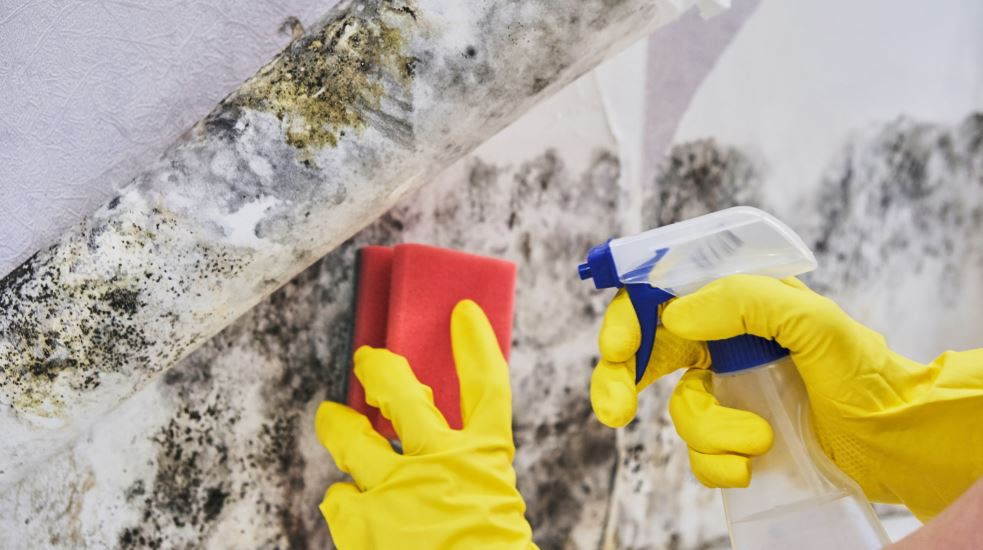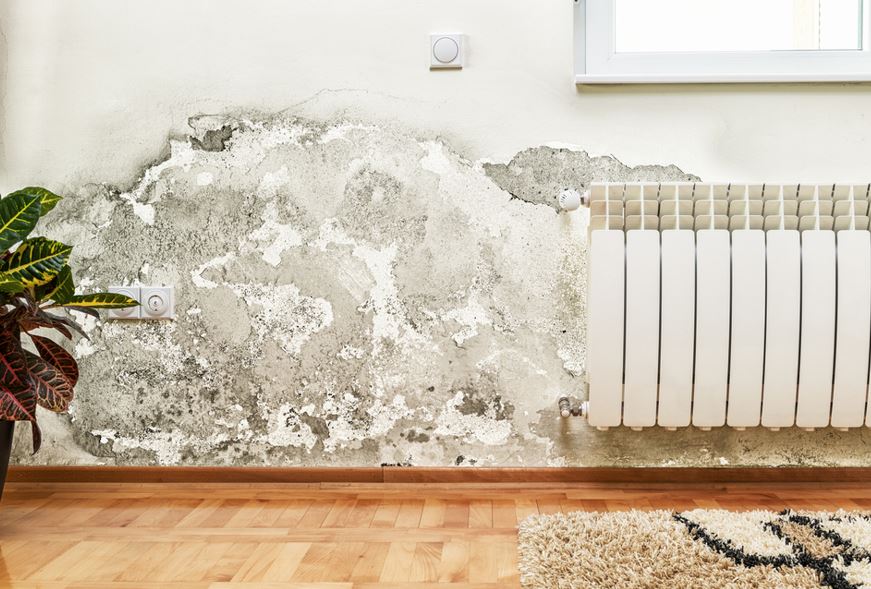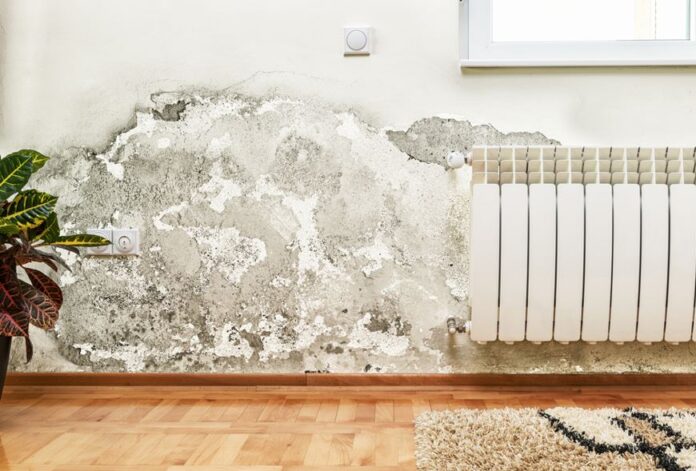Damp is an exceptionally common issue most homeowners deal with at some point, especially those who live in older properties or in areas with particularly wet weather, such as near the sea. Damp, although a common problem, is one that can cause extensive damage, and it can even have health implications if not dealt with promptly.

This makes it essential to be able to spot the signs of damp right away, and to know what to do to solve the issue. If you’re unsure what damp can look like and how you can treat or prevent it, keep reading as we detail everything you need to know.
Three Signs Your Home Has Damp
-
There are patches of mold on your walls, windows, and/or ceiling
The first and most obvious sign of damp is mold on your windows, walls, or ceiling surrounding the window area. This type of damp is called condensation and doesn’t usually require the services of a damp and timber specialist to fix.
The mold tends to appear as black spores that are speckled across the surface. These spores can irritate asthma and eczema sufferers, as well as causing general respiratory and skin issues amongst those who don’t have underlying conditions. This is because the mold spores are irritating to the immune system, resulting in unpleasant symptoms such as a sore throat, stuffy nose, or chesty cough.
The good news is mold can easily be removed using a dedicated mold cleaner. They tend to be quite strong smelling, so do make sure you’re prepared for that. The spray will kill the mold and make it easy to wipe away without damaging the paint underneath.
-
Your wallpaper or paint is peeling and flaking
The second most common sign of damp is wallpaper or paint that is peeling, flaking, or that looks bubbly. This is usually a symptom of excess moisture or water beneath the surface. If you’re seeing areas of paintwork and wallpaper peeling, this could be a sign of a complex type of damp called penetrating damp. This typically means there’s an issue with your guttering or roof that is allowing water to seep in, and it generally requires professional help to dry out and sort.
If you notice peeling paint at the bottom of your walls but that seems to stop at about 1m high, this could be a sign of rising damp which again requires professional assistance to diagnose and resolve.
-
Skirting boards, door frames and/or timber is spongey and crumbling
Wet skirting boards and timber that feels damp, spongey, and crumbly to the touch usually indicates that damp is present. The most likely cause is rising damp, but if the issue is higher up, such as in the lift, you could have a roofing issue.

How to prevent damp
Whilst damp can be problematic, it’s fairly easy to prevent. Firstly, make sure you regularly open windows. A good rule of thumb is to open windows in your bedroom, living room, and office for around an hour every day. When it’s too cold for this in winter, keep vents open instead and open the window for as little as five minutes if you can. This will prevent condensation and mold. In your bathroom and kitchen, keep windows open for longer and make sure you have an extractor fan installed, too.
To prevent rising damp, call in a specialist to observe your DPC and avoid butting things like bags of soil against exterior walls.
For penetrating damp prevention, routinely check the status of your roof tiles, guttering, windows, and doors.
Combining these tips will make it far less likely that your house will fall victim to the dreaded damp, but if it does, now you know how to spot the issue in the first instance and resolve it!























